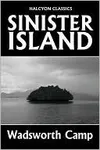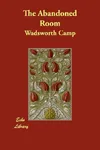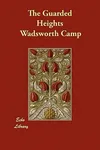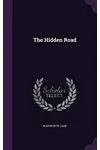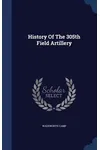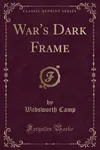Picture an American storyteller who spun eerie mysteries that kept readers guessing until the final page—meet Wadsworth Camp! Born in 1879, this journalist-turned-author braved mustard gas in World War I to craft gripping novels like The Abandoned Room and Sinister Island. His knack for suspense and his daughter, Madeleine L’Engle, made the Camp name a literary legend.
Camp’s tales blend locked-room mysteries with supernatural chills, perfect for fans of classic whodunits. Let’s dive into his life, works, and why his stories still haunt readers today!
The Making of Wadsworth Camp
Charles Wadsworth Camp was born on October 18, 1879, in Philadelphia, Pennsylvania, to Charles Henry Camp and Emma Martin. A curious mind with a flair for storytelling, he carved a career as a journalist and drama critic in New York, rubbing elbows with musicians and playwrights. His elegant evenings, dressed to the nines for theater reviews, hinted at the sophisticated prose he’d later bring to his novels. World War I interrupted his path, exposing him to mustard gas that scarred his lungs, yet his resilience fueled his creative drive.
After the war, Camp settled in Jacksonville Beach, Florida, with his wife, Madeleine Hall Barnett, and their daughter, Madeleine L’Engle. His journalistic eye for detail and wartime experiences shaped his shift to fiction, where he adopted the pen name Wadsworth Camp to pen mysteries that captivated early 20th-century readers.
Wadsworth Camp’s Unforgettable Stories
Camp’s novels are a masterclass in suspense, blending locked-room puzzles with ghostly atmospheres. His 1917 novel, The Abandoned Room, is a standout, following Bobby Blackburn as he unravels his grandfather’s murder in a sealed room with a deadly history. Readers are hooked by the chilling setting and twisty plot, which inspired a 1920 silent film, Love Without Question.
Sinister Island (1915) transports readers to a haunting Southern isle where Miller visits friends only to find dark secrets and eerie changes. Camp’s vivid descriptions make the island a character itself, pulsing with menace. The Gray Mask (1920), a collection of connected novelettes, follows detective Jim Garth through New York’s shadowy underworld, blending crime and romance with a supernatural edge. The House of Fear (1916) dives into theatrical intrigue, showcasing Camp’s love for drama and mystery.
Camp’s style is modern for its time, with crisp prose and intelligent characters who challenge readers to solve the puzzle. His ability to weave suspense without gore makes his work timeless, appealing to fans of Agatha Christie or Arthur Conan Doyle.
Why Wadsworth Camp Matters
Wadsworth Camp’s mysteries laid groundwork for the golden age of detective fiction, offering clever plots that influenced later authors. His resilience—writing through war-induced illness—adds depth to his legacy, showing how personal struggle can fuel art. As Madeleine L’Engle’s father, he passed down a love for storytelling, evident in her iconic A Wrinkle in Time. His works, many now in the public domain, continue to charm readers via e-books and reprints.
Though less famous today, Camp’s novels remain treasures for mystery lovers, and his life story inspires those who face adversity. His ability to craft suspenseful, accessible tales ensures his place in literary history.
- Born: October 18, 1879, Philadelphia, Pennsylvania
- Key Works: The Abandoned Room, Sinister Island, The Gray Mask, The House of Fear
- Died: October 30 or 31, 1936, Jacksonville Beach, Florida
- Notable: Father of Madeleine L’Engle, World War I veteran
Snag The Abandoned Room or Sinister Island and dive into Wadsworth Camp’s thrilling mysteries! Let his clever plots and eerie settings keep you up all night.
